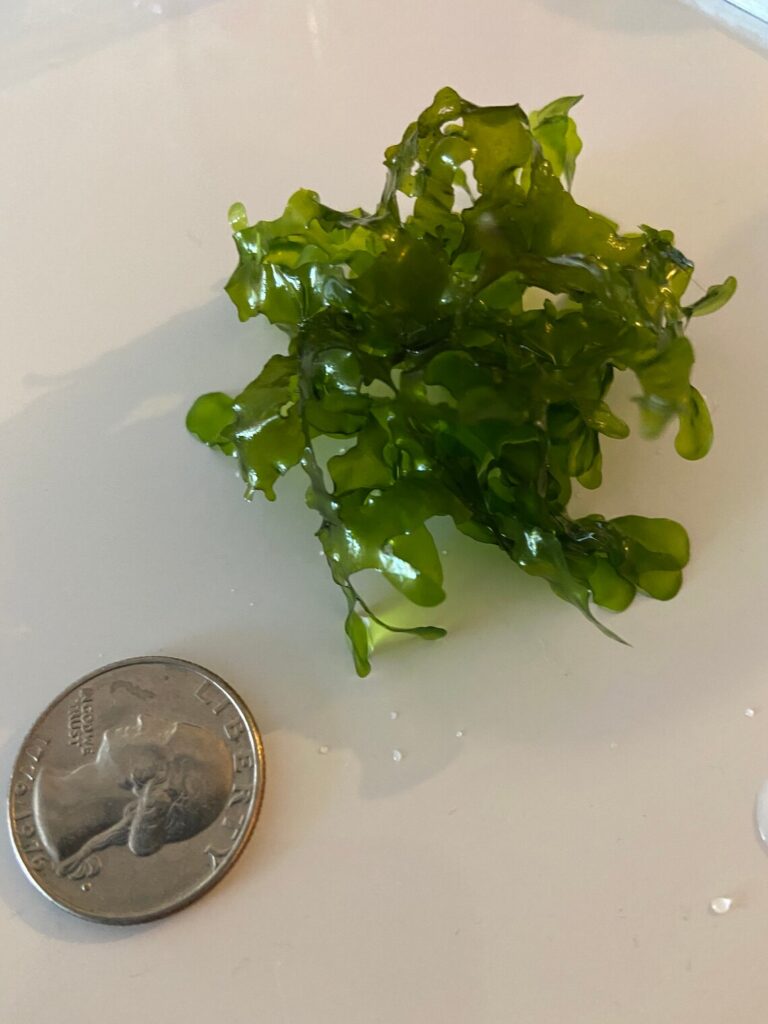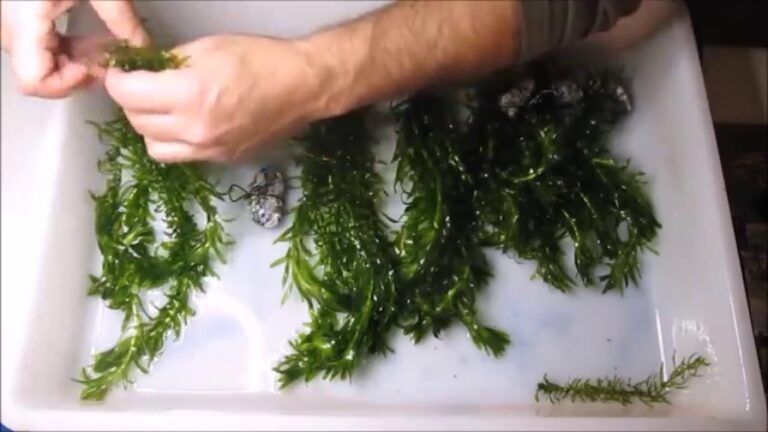Freshwater Aquarium Plants For Beginners
Freshwater Aquarium Plants for Beginners
What are the best freshwater aquarium plants for beginners?
Are you a beginner in the world of freshwater aquariums? Congratulations! Setting up and maintaining a freshwater aquarium can be a rewarding and relaxing hobby. One of the key elements in creating a beautiful and healthy aquarium ecosystem is choosing the right plants. But with so many options to choose from, where do you start? In this article, we will explore some of the best freshwater aquarium plants for beginners, their benefits, and how to care for them.
1. Anubias
Anubias is an excellent choice for beginners due to its low maintenance requirements. It is a slow-growing plant that can thrive in a wide range of water conditions, including low light environments. Anubias can be attached to driftwood or rocks in your aquarium, making it a versatile and aesthetically pleasing addition. Remember to avoid burying the rhizome of the plant when planting, as this can cause it to rot.

2. Java Fern
Similar to Anubias, Java Fern is a hardy and easy-to-care-for plant that can tolerate low light conditions. It grows well when attached to driftwood or rocks and can add a beautiful touch to your aquarium. Java Fern reproduces by producing small plantlets on the undersides of its leaves, making it easy to propagate. Just make sure to never bury the rhizome when planting.
3. Java Moss
If you’re looking for a versatile and low-maintenance plant, Java Moss is the perfect choice. It can be attached to almost any surface, such as rocks, driftwood, or even ornaments, and it will quickly grow to create a lush carpet effect. Java Moss is known for its ability to absorb excess nutrients in the water, making it an excellent choice for controlling algae growth. It also provides hiding places for small fish and shrimp.
4. Hornwort
Hornwort is a fast-growing plant that can provide great oxygenation for your aquarium. It is a stem plant that is easy to care for and does not require any special substrate. Hornwort can be left floating or planted in the substrate, and it will quickly grow and create a dense forest-like appearance. However, it is important to keep an eye on its growth, as it can take over the tank if not pruned regularly.
5. Amazon Sword
The Amazon Sword plant is a popular choice for beginner aquarists due to its hardiness and striking appearance. It has long, broad leaves that create a lush and tropical look in the aquarium. Amazon Sword plants prefer nutrient-rich substrates and medium to high light conditions. Regular fertilization and pruning will help maintain its health and prevent overcrowding in the tank.
6. Vallisneria
Vallisneria, also known as “Italian Vallis,” is a popular choice for beginners due to its ease of care and ability to adapt to a wide range of water conditions. It is a grass-like plant with long, slender leaves that can add height and depth to your aquarium. Vallisneria prefers moderate to high light conditions and can be planted directly into the substrate. Regular trimming will encourage new growth and prevent the plant from becoming too tall.
7. Cryptocoryne
Cryptocoryne, or “Crypts” as they are commonly known, are famous for their beautiful colors and varying leaf shapes. They are relatively low maintenance and can adapt to a wide range of water conditions. Crypts prefer moderate lighting and will benefit from a nutrient-rich substrate. These plants can be easily propagated by separating the offshoots or new plants that grow from the base of the mother plant.
Caring for Freshwater Aquarium Plants
Now that you know about some of the best freshwater aquarium plants for beginners, let’s talk about how to care for them to ensure they thrive in your aquarium.
1. Lighting
Most freshwater aquarium plants require adequate lighting to perform photosynthesis and grow. When choosing lighting for your aquarium, consider the needs of the plants you have selected. Low-light plants, such as Anubias and Java Fern, can thrive with minimal lighting, while medium to high-light plants, such as Amazon Sword or Vallisneria, will require more intense lighting.
2. Substrate
The substrate is the material that lines the bottom of your aquarium. Most freshwater aquarium plants benefit from a nutrient-rich substrate, as this provides them with essential nutrients. Choose a substrate specifically designed for planted aquariums, or use additives like root tabs to ensure your plants receive the nutrients they need. When planting, make sure you gently cover the roots while avoiding burying the rhizome (in the case of Anubias and Java Fern).
3. CO2 and Fertilization
Carbon dioxide (CO2) is an essential element for plant growth. In a low-tech setup, CO2 can be naturally produced by fish and other organisms in the aquarium. However, for high-tech setups or demanding plants, adding a CO2 system can significantly enhance plant growth. Additionally, fertilizers specifically formulated for aquarium plants can provide the necessary nutrients that may be lacking in your water.
4. Pruning and Maintenance
Regular pruning is crucial to ensure your plants remain healthy and prevent them from overcrowding your aquarium. When plants become too dense, they can block light and hinder the growth of other plants or promote the development of algae. Use clean, sharp scissors to trim excess growth or unhealthy leaves. Remove any dead plant matter promptly to maintain water quality.
Frequently Asked Questions
Q: Do I need to use a substrate for freshwater aquarium plants?
Yes, a substrate is highly recommended for most freshwater aquarium plants. It provides a stable base for the plants to root and absorbs essential nutrients that are necessary for their growth.
Q: How often should I fertilize my freshwater aquarium plants?
The frequency of fertilization depends on the needs of the plants and the type of fertilizers used. Follow the instructions provided by the manufacturer and observe the growth and health of your plants. Adjust the fertilization schedule as needed.
Q: Can I keep live plants in a fish tank with goldfish?
Yes, live plants can be kept in a fish tank with goldfish. However, keep in mind that goldfish are notorious for uprooting and nibbling on plants. Choose hardy plants that can withstand goldfish’s antics, such as Java Fern or Anubias. It may be necessary to anchor the plants securely or provide physical barriers to protect them.
Q: How long should lights be on for freshwater aquarium plants?
The duration of lighting depends on the needs of your plants and whether you have live animals in the tank. Most freshwater aquarium plants benefit from 8-12 hours of light per day. Consider using a timer to regulate the lighting schedule consistently.
Final Thoughts
Choosing the right freshwater aquarium plants for beginners can make a significant difference in the success of your aquarium. It is important to consider the needs of your plants, lighting requirements, and water conditions to create a thriving and aesthetically pleasing environment for your fish and plants. Remember to start with low-maintenance plants and gradually expand your collection as you gain more experience. With proper care and attention, your freshwater aquarium can become a beautiful and tranquil focal point in your home.





